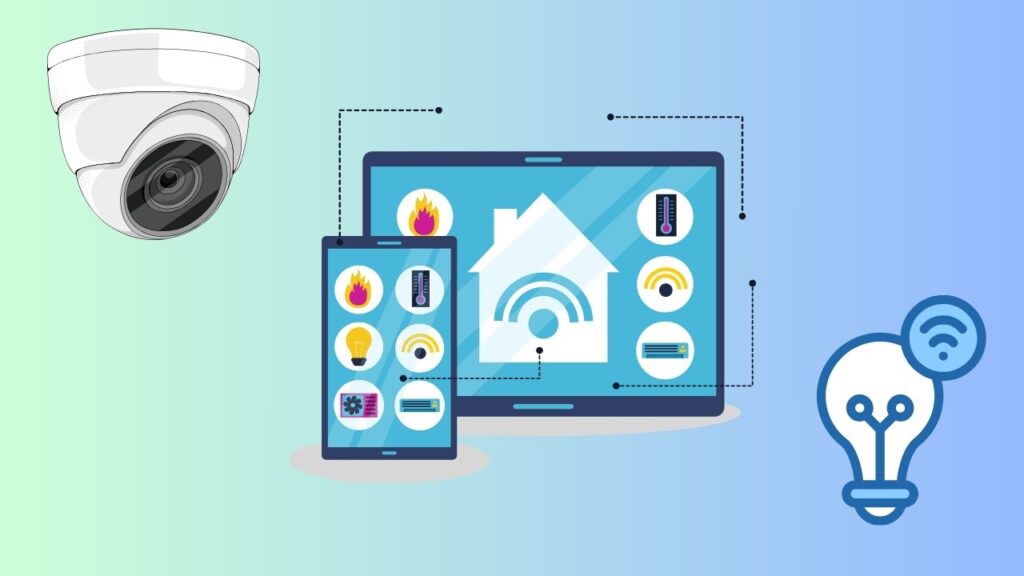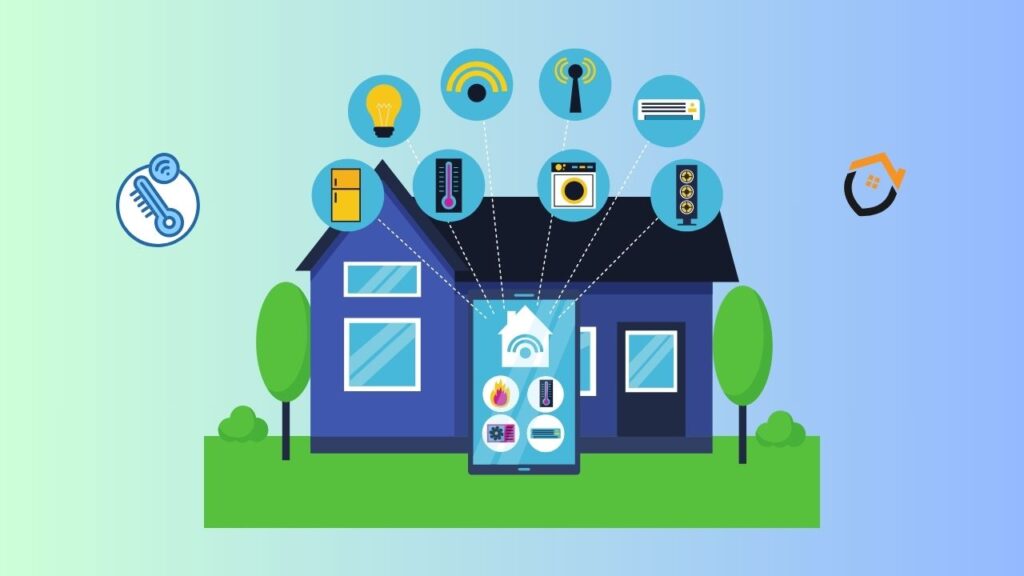The idea of building a smart home might seem daunting, especially when you imagine expensive gadgets and high-tech systems. But the truth is, you can create a smart home on a budget with some thoughtful planning and strategic choices. Whether you’re upgrading your lighting, improving security, or adding voice control, there are many affordable options that will make your home smarter without draining your wallet.
Here’s a complete guide on how to build a smart home without breaking the bank.
1. Start Small and Build Gradually
When creating a smart home on a budget, it’s important not to overwhelm yourself by trying to implement everything all at once. Start small with one or two devices that will have an immediate impact and fit into your lifestyle. You can gradually expand your smart home ecosystem as your budget allows.
Smart Bulbs and Lighting
One of the easiest and most affordable ways to add a touch of smart technology to your home is by switching out your regular light bulbs with smart bulbs. Smart bulbs can be controlled remotely via apps, voice assistants, or schedules. Many affordable options, like Philips Hue, LIFX, or Wyze, offer a variety of features at competitive prices.
Not only do they allow you to change the color and brightness of your lights, but they also help save energy, as you can easily control when the lights are on or off, even while you’re away. Start with a few lights in key rooms such as the living room or kitchen, and build from there.
2. Invest in Voice Assistants
A voice-controlled assistant like Amazon Alexa, Google Assistant, or Apple HomePod Mini can be a game-changer when it comes to controlling your smart home. These devices are typically affordable and serve as a hub for other smart devices, allowing you to control everything with just your voice.
Most voice assistants allow you to control your smart lights, thermostats, security cameras, and even music, making it easy to manage your entire home without ever lifting a finger. Look out for sales or budget-friendly versions like the Amazon Echo Dot or Google Nest Mini to get started.

3. Smart Plugs: The Budget-Friendly Upgrade
Smart plugs are a simple yet effective way to turn any device into a smart one. These inexpensive gadgets can be plugged into standard outlets, allowing you to control non-smart devices via your voice or phone. For example, you can control lamps, fans, coffee makers, and other household electronics without leaving your seat.
Many smart plug brands, such as TP-Link Kasa, Wyze, and Gosund, are affordable and come with app support for remote access and voice control integration. This is a great entry-level smart home device that offers convenience without the hefty price tag.
4. Affordable Security Cameras
Security is one of the most important aspects of a smart home. While high-end security cameras can be expensive, there are affordable options that still offer reliable performance. Brands like Wyze, Ring, and Blink offer excellent smart cameras at budget-friendly prices.
A good starting point is a doorbell camera or a basic indoor/outdoor camera. These can help you keep an eye on your home while you’re away, and some even come with motion detection, two-way audio, and cloud storage options.
5. Smart Thermostats for Energy Efficiency
If you want to save money in the long run, consider investing in a smart thermostat. Devices like the Google Nest Thermostat or ecobee Lite offer energy-saving features that can help reduce your heating and cooling costs. You can control them remotely through an app, and many of them learn your temperature preferences over time to adjust automatically, ensuring your home is always comfortable and energy-efficient.
While smart thermostats might have a higher upfront cost, they can pay for themselves in energy savings over time.

6. DIY Smart Home Integration
Instead of spending money on expensive smart home hubs, you can integrate many of your devices with existing tech. For example, if you already own a smartphone, you likely already have a hub to control devices like lights, plugs, and cameras.
Many budget-friendly devices integrate with Google Home or Amazon Alexa apps, allowing you to control them from your phone. There are also third-party smart home hubs available at a low cost that let you bring everything together, such as Samsung SmartThings or Home Assistant.
7. Look for Deals and Bundles
Another smart way to save on smart home tech is by watching for deals, especially during major sales events like Black Friday, Cyber Monday, or Prime Day. Retailers often offer deep discounts on smart home gadgets, including smart bulbs, plugs, cameras, and thermostats.
Additionally, some companies offer bundle deals where you can purchase multiple devices at a reduced price. For example, you might find a package that includes a smart bulb, a plug, and a voice assistant at a discounted rate, making it easier to get started without blowing your budget.
8. Reuse and Repurpose
If you’re tech-savvy, you can often repurpose old devices for smart home use. For example, you can turn an old tablet or smartphone into a dedicated smart home controller by installing apps and setting it up to monitor and control devices around the house. This is an excellent way to save money and make use of devices you might otherwise discard.
Additionally, some open-source platforms allow you to create DIY smart devices using basic hardware like Raspberry Pi, making it an affordable and fun project.
9. Smart Home Security Systems on a Budget
Building a smart security system can be one of the most expensive parts of creating a smart home. However, there are affordable security systems like SimpliSafe, Ring Alarm, and Kangaroo that offer budget-friendly options with no long-term contracts.
These systems typically allow you to monitor your home remotely and control security features such as door/window sensors, motion detectors, and cameras via an app. Some systems also allow integration with voice assistants, making it easier to control your security with simple commands.
10. Monitor Your Smart Home Usage and Control Costs
Once you’ve set up your smart home, it’s important to keep track of energy consumption and costs. Many smart home devices offer insights into how much power they’re using. For example, smart plugs and thermostats can help you monitor energy usage, which is crucial for staying within your budget.
You can adjust the settings to ensure you’re not using more electricity than necessary, or schedule devices to turn off automatically when not in use.


















Leave a comment